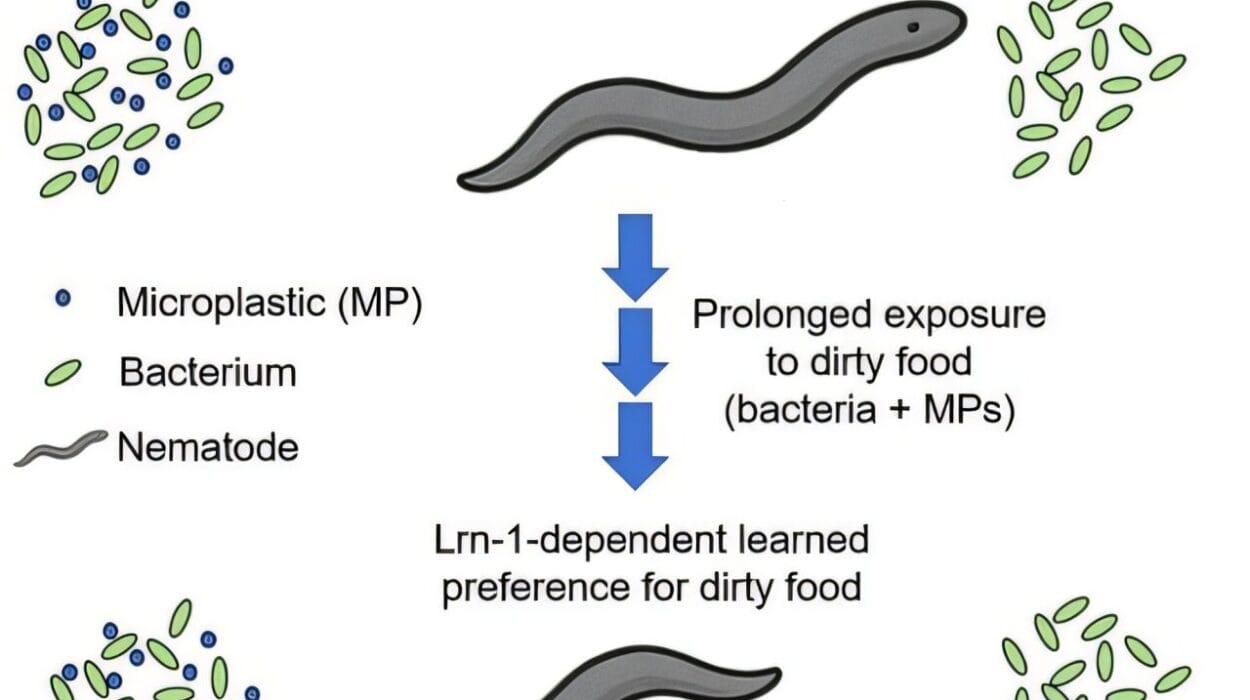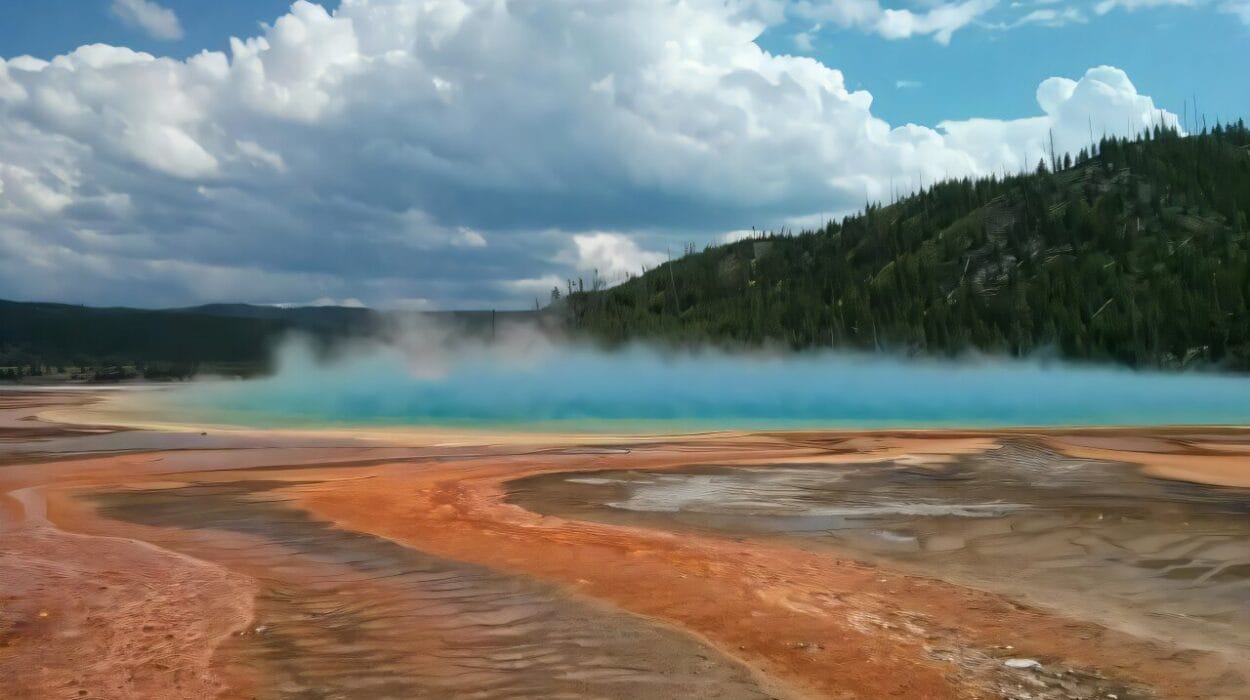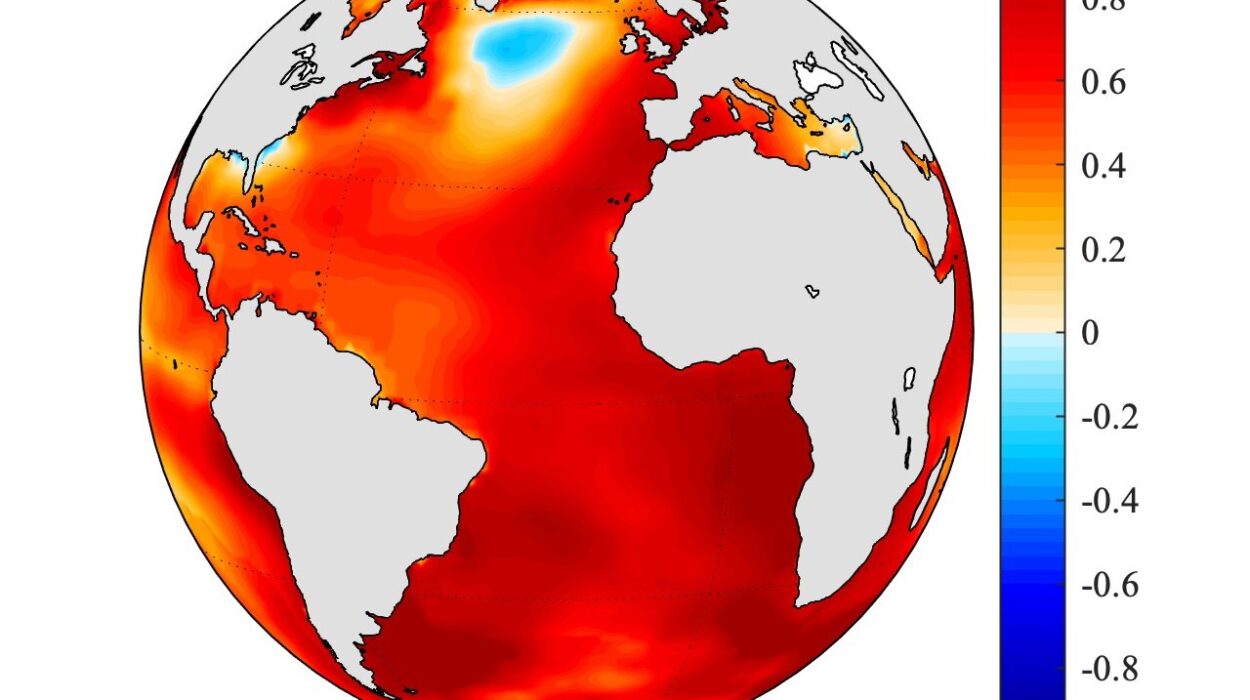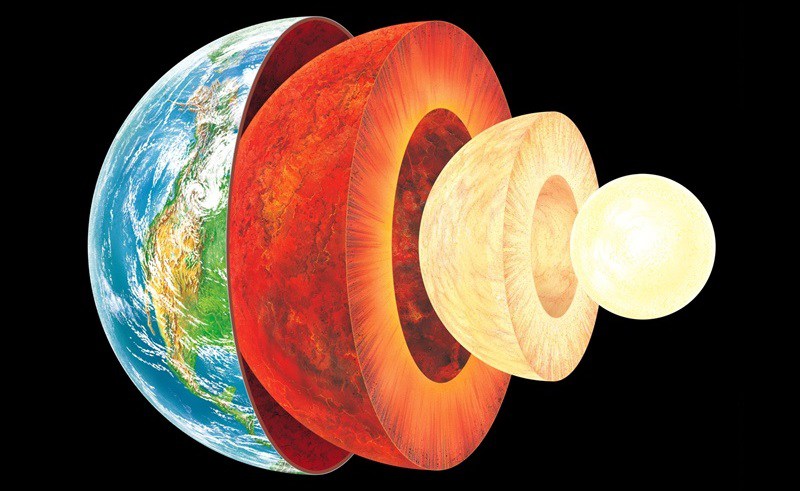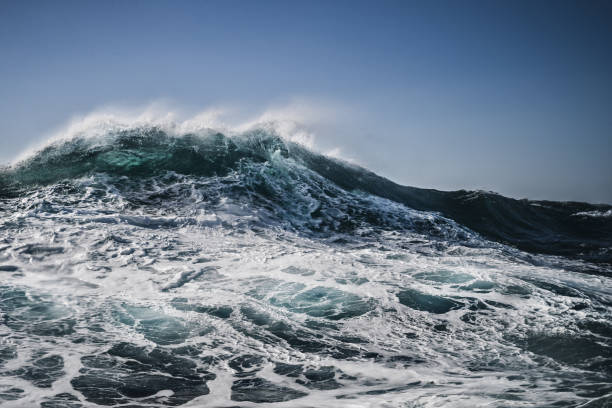High above your head—past the drifting clouds, soaring birds, and whispering winds—stretches a vast ocean of gases so familiar, so constant, that we hardly notice it. Yet without it, life as we know it would never have existed. It wraps the Earth like a protective cocoon, cradling our fragile world in a delicate balance between light and darkness, heat and cold, life and extinction. This is the atmosphere—our planet’s invisible guardian.
Most people rarely think about it, unless weather takes a dramatic turn or pollution smears the skyline. But the atmosphere is much more than air to breathe. It is an elegant and complex shield that deflects the fury of our nearest star, the Sun. And within its unseen layers lies a silent drama of survival—because sunlight, as beautiful and essential as it is, also hides a dangerous secret. Radiation.
Sunlight: The Life-Giver and the Threat
The Sun—our steadfast star—sits 93 million miles away, a nuclear furnace burning at over 27 million degrees Fahrenheit. Every second, it unleashes a stream of energy into space. Some of this energy gives us the warmth we feel on our skin, the bright light that paints the sky blue and the trees green. It powers the food chain, the climate, and the rhythms of nature.
But sunlight isn’t just the gentle glow that nourishes the world. Hidden within its spectrum is a range of electromagnetic radiation—visible light, yes, but also ultraviolet (UV) rays, X-rays, and even gamma rays. These high-energy particles and waves are capable of damaging DNA, destroying cells, and sterilizing worlds. On planets without protection, such as Mercury or the Moon, this radiation hits the surface unfiltered and brutal, making life impossible.
Yet here on Earth, we flourish. Why? Because our atmosphere, refined by billions of years of planetary evolution, acts as a near-perfect filter, letting in the good and keeping out the deadly. It is, quite literally, the reason we are alive.
The Birth of the Blue Sky
Rewind Earth’s clock 4.6 billion years, and you’d find a hellish landscape. The young Earth was a churning ball of molten rock, its surface battered by asteroids, its skies filled with volcanic gases. The early atmosphere, if it can be called that, was toxic—a blend of hydrogen, methane, ammonia, and carbon dioxide. There was no oxygen, no ozone, and certainly no protection from solar radiation.
But life, in its stubbornness, found a foothold in the oceans. Tiny microbes began producing oxygen through photosynthesis, slowly exhaling it into the air. Over hundreds of millions of years, the atmosphere transformed. Oxygen accumulated, and eventually, some of it became ozone—a special form of oxygen with extraordinary properties.
By the time complex life emerged, Earth’s atmosphere had become a finely tuned shield, protecting every crawling creature and leafy tree from the unfiltered wrath of the Sun.
Layers of Protection: Earth’s Atmospheric Architecture
The atmosphere isn’t a single, uniform blanket. It’s composed of layers, each with its own personality, purpose, and power. Starting from the ground up, these layers rise like invisible steps into the heavens.
At the bottom is the troposphere, where we live and breathe. It’s the lowest layer, extending roughly 7 to 12 miles above Earth. Weather, clouds, and life all exist here. But it’s not the layer that deals most directly with solar radiation.
Above it floats the stratosphere, home to one of the most vital components of life on Earth: the ozone layer. It sits about 10 to 30 miles above the surface and is Earth’s sunscreen—absorbing and scattering the vast majority of the Sun’s harmful ultraviolet radiation.
Higher still lies the mesosphere, where temperatures plummet and meteors burn up in streaks of falling light. Then comes the thermosphere, where auroras dance in luminous waves as solar particles collide with atmospheric gases. Finally, the exosphere fades into space, where Earth’s atmosphere quietly dissolves into the void.
Each layer serves a purpose. Each is a gatekeeper. But when it comes to solar radiation, the star player is undoubtedly the ozone layer.
The Ozone Layer: Earth’s Natural Sunscreen
Ozone is a curious molecule—made up of three oxygen atoms bonded together. It’s unstable and rare, yet it holds immense power. Most ozone on Earth resides in the stratosphere, where it forms a thin but crucial layer.
When ultraviolet rays from the Sun strike ozone molecules, a remarkable thing happens. The energy is absorbed, breaking the bonds in the ozone and dispersing the radiation as harmless heat. In essence, the ozone layer intercepts UV-B and UV-C radiation, which are the most dangerous forms for living tissue.
Without the ozone layer, the Sun would scorch the planet’s surface with unrelenting UV radiation, causing mass DNA damage, blinding eyes, triggering widespread skin cancers, and destroying ecosystems from the top down.
It’s hard to overstate the ozone layer’s importance. It doesn’t block all ultraviolet light—some UV-A still makes it through—but it filters enough to make life sustainable. It is not a thick barrier, but a thin veil of mercy, stretched across the sky.
Solar Flares and Cosmic Fury: More Than Just UV
The Sun’s radiation is not always steady. Sometimes, it erupts in titanic explosions called solar flares, releasing torrents of X-rays, protons, and charged particles. These can be followed by coronal mass ejections (CMEs)—giant blobs of solar plasma hurtling toward Earth at millions of miles per hour.
When this solar storm reaches Earth, it could fry satellites, disrupt radio signals, and even cause blackouts on the ground. Yet again, the atmosphere plays defense.
As these particles race toward our planet, they encounter the magnetosphere, an invisible magnetic field generated by Earth’s molten iron core. This magnetic field deflects most of the charged particles, forcing them toward the poles where they interact with the upper atmosphere and create shimmering auroras—the northern and southern lights.
But the atmosphere doesn’t stop there. The upper layers—especially the thermosphere—absorb the energy from X-rays and UV radiation during these storms, shielding us from what would otherwise be a catastrophic onslaught.
Greenhouse Gases: Warming the Right Way
Radiation protection doesn’t always mean blocking heat—it sometimes means preserving it. The Earth is just the right distance from the Sun to allow water to exist in liquid form, a key ingredient for life. But without the atmosphere’s greenhouse gases, most of the Sun’s warmth would reflect back into space, leaving Earth frozen and barren.
Greenhouse gases—such as carbon dioxide, water vapor, and methane—trap some of the infrared radiation that Earth emits after absorbing sunlight. This “greenhouse effect” keeps global temperatures within a range suitable for life. Mars, with its thin atmosphere, is too cold. Venus, with too thick an atmosphere, is too hot. Earth? Just right.
But this balance is delicate. Human activities are now pumping excessive greenhouse gases into the atmosphere, enhancing the natural greenhouse effect and leading to global warming. So while the atmosphere protects us from the Sun’s radiation, we must in turn protect the atmosphere from ourselves.
The Day the Shield Was Threatened
In the 1980s, scientists noticed something alarming. A “hole” was appearing in the ozone layer above Antarctica—seasonal thinning that let more UV rays slip through the atmospheric net. The cause? Man-made chemicals known as chlorofluorocarbons (CFCs) used in refrigerants, aerosol sprays, and air conditioners.
These chemicals were rising into the stratosphere, breaking down under sunlight, and releasing chlorine atoms that tore ozone molecules apart. One chlorine atom could destroy thousands of ozone molecules.
The world reacted. In 1987, nations came together to sign the Montreal Protocol, an international agreement to phase out ozone-depleting substances. It worked. Slowly, the ozone layer began to heal—a rare and hopeful example of global cooperation reversing environmental damage.
The Atmosphere on Other Worlds: Why Earth is Special
If you want to understand how miraculous Earth’s atmosphere is, just look at our planetary neighbors. Mercury has no atmosphere to speak of. Its days are blistering, its nights freezing. Venus has an atmosphere so thick and hot that it could melt lead. Mars has a whisper-thin atmosphere that barely shields its surface from radiation.
Earth is unique—a Goldilocks world with just the right mix of gases, pressure, and magnetic shielding to sustain life. Our atmosphere is not a given. It is the product of billions of years of cosmic trial and error. And its ability to protect us from the Sun’s radiation is one of its most vital features.
Living in Balance with Our Protector
We live under this shield every moment of our lives. We owe our breath, our food, our weather, our seasons—even our survival—to the atmosphere. Yet we often take it for granted. Pollution, deforestation, industrial emissions, and reckless use of chemicals threaten the very balance that keeps us alive.
Climate change, driven by the alteration of the atmosphere’s delicate chemistry, is one of the greatest challenges of our time. As we burn fossil fuels and release excess carbon into the air, we thicken the greenhouse effect, trap too much heat, and alter global weather patterns. The consequences ripple across ecosystems and human societies alike.
Protecting the atmosphere is not just an environmental issue. It is a matter of survival. Because every layer of air above us, from the troposphere to the exosphere, is part of a living, breathing system that shields us from the harshness of space and the fury of our Sun.
Conclusion: The Unsung Hero Above
You can’t see it, but it’s there—when you walk your dog, when you stare at the stars, when you feel the breeze on your face. The atmosphere is the quiet hero of our story, the soft blue dome that holds life together.
It filters sunlight like a stained-glass window, revealing beauty while hiding danger. It warms us gently, cools us when needed, and turns deadly radiation into harmless heat. It dances with solar winds in glowing auroras and catches fiery meteors before they reach the ground.
And it does all this without asking for thanks.
But we owe it our deepest gratitude. For without the atmosphere, Earth would not be Earth. It would be just another lifeless rock orbiting a star.
In the great silence of space, amidst billions of hostile worlds, one planet breathes. One world glows with oceans, forests, laughter, and life. That world is ours. And its atmosphere—the invisible shield above—is its most loyal guardian.
Let’s honor it not just with words, but with action.


